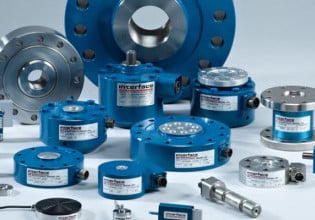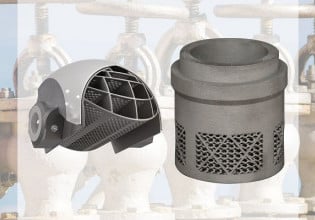Thank You MARM: GMV Confirms Successful Testing of ESA’s MIRROR Robot
Moving one step closer to automated infrastructure assembly in space, GMV’s three-armed robot successfully completes European Space Agency validation testing.
As part of the European Space Agency’s (ESA) MIRROR (Multi-arm Installation Robot for Readying ORUs and Reflectors) project, GMV Innovating Solutions completed validation testing for a three-armed space mission assistive robot, known affectionately as Multi-Arm Relocatable Manipulator (MARM). Along with technology company GMV, the Istituto Italiano di Tecnologia (IIT) scientific research center, and aerospace and defense technologist, Leonardo S.p.A (Leonardo), co-designed, developed, and produced MARM.
To Serve Man
Collaborating to create MARM, the trio of companies created a solution they believe is capable of helping the ESA achieve the primary goal of the MIRROR project, which is to generate the tools necessary to assist astronauts in the installation, maintenance, and inspection of space infrastructures.

The three-armed MARM robot is capable of moving and relocating modules, using two arms for traveling and the third for carrying modules to their designated assembly points. Image used courtesy of GMV
To Infinity and Beyond
During the development and testing of MARM, GMV, Leonardo, and IIT paid particular attention to its kinematics, in the way the robot transports modules and its ability to assemble structures accurately. Precision is especially crucial in the zero-gravity, vacuum environment of space.
MARM was built to operate on the external surfaces of space stations, orbital structures, and space vehicles. Its primary function is the installation and replacement of orbital replacement units (ORUs), vital modular elements of the space infrastructure. These elements could include solar panels, critical space mission communication equipment, and other scientific instruments. MARM could also be applied to the assembly, maintenance, and repair of orbital telecommunications systems, facilitating communications on Earth as we progress through this digital age.
Space Exploration and Renewable Power
One exciting application is the construction of large-scale telescopes for advanced cosmological research. MARM could help construct telescopes of tens of meters in size, the kind large and powerful enough to peer deep into the universe and broaden our understanding of our place within it.
Imagine harnessing the sun’s power through solar panels stretching across a space station around 1 kilometer in length. MARM’s ability to function for hours in the cold vacuum of space without life support is exactly what space engineers need to build orbiting solar power stations capable of delivering power to the people of Earth.
Three Strong Arms for Faster Assembly in Zero Gravity
Comprised of three robotic arms, MARM has a central body, or pelvis base, and a docking device (used for transmitting and receiving data). The unique three-arm configuration fixed to the pelvis base provides MARM with optimal maneuverability and flexibility. Designed to travel across varied surfaces, it has the functional strength to deliver large payloads.
For example, anchoring itself with two limbs, MARM can use its third arm to assemble structural components. With a simple tilt of the central pelvis base, the robot can position itself to optimize the operating range of its free arm. This simple movement of its three-limb design reduces kinetic forces that otherwise might be transferred to the workpiece structure, perhaps a truss containing cooling and electrical utility lines at the point of attachment for solar arrays. Lastly, MARM comes with a vision system in the form of three cameras for each of its arms and algorithms to aid in image processing.
Initial demonstration of the three-leg MARM robot's capabilities. Video used courtesy of IIT
GMV has made sure that MARM can handle the harsh environment and tricky maneuvers required for space and space infrastructure-related operations. How do you ask? Well, GMV has incorporated a sophisticated semi-autonomous control subsystem that is meant to automate assembly procedures even amid obstructions and potential faults.
Laboratory Testing
GMV tested MARM in a physical simulator environment at Platform-art, a robotic laboratory in Tres Cantos, Madrid, Spain. The company confirms that it has successfully validated the functionality of MARM, readying the robot for the next phase of testing in Earth’s orbit.






